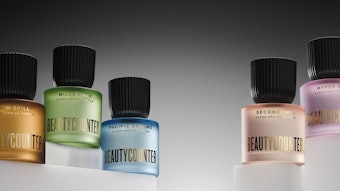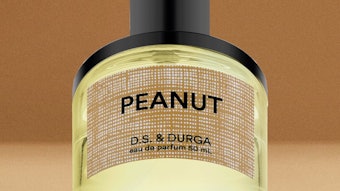Emmanuelle Moeglin, a fragrance and personal care analyst for Mintel, wrote a blog post on fragrance’s place in the beauty industry, and how new markets are urging its global growth. In “Fragrance on the rise as markets continue to grow globally,” Moeglin writes, “The sweet smell of success has continued to spread across the global fragrance market, which was estimated at nearly $30 billion in 2013, led primarily by Brazil and other mature markets such as the U.S. ($3.2 billion) and the U.K. ($2 billion). However, Asia and Latin America were home to the fastest growing markets. Brazil, Chile, India, Indonesia and Vietnam registered the highest CAGRs over the last five years.”
She also describes how the face of the fragrance market is shifting primarily in Brazil. “According to Mintel research, Brazil was among the fastest growing markets in the last five years, with CAGR of 13.6% in local currency terms. While growth will slow over the next five years, Brazil will retain leadership of the global fragrance market, forecast for sales of $5.1 billion in 2017,” she writes. “For Brazilians, wearing fragrance has become a daily ritual, with 90% owning and 84% wearing it regularly. This marks a growing opportunity for both local and international beauty manufacturers and marketers to tap into designing innovative fragrances that meet local demands.”
Additionally, the Asia-Pacific continues to be a focus for growth opportunities in beauty, and fragrance is no exception. Despite hiccups in some countries, beauty fragrance brands still have high hopes for Asian markets. Moeglin explains, “With the exception of Japan, where fragrance sales have declined over the last five years, the Asian fragrance marketplace is also growing at fast pace, even if it remains small relative to the Western markets. China recorded a CAGR of 9% over the last five years, India 25%, Indonesia 44%,Vietnam 15% and South Korea 12%.”
She also points out the necessity of cultural catering in new markets. “As the likelihood for a more tailored approach towards individual cultures increases, domestic and international players will need to tailor products accordingly,” Moeglin acknowledges. “India has a strong cultural connection with fragrance as scented deodorants and body sprays are the most important products in the country. In contrast, China is only slowly opening up to Western fragrance standards and the concept of perfume is relatively new to its consumers, who choose their fragrance to refer to Western lifestyles and special occasions. And South Korea is another example where the beauty industry is thriving but fragrance is not yet part of people’s daily grooming routine. However, fragrances are turning up in growing numbers in department and specialty stores.”
She concludes, “In countries like India, China and Vietnam where the middle class is growing rapidly and with it the popularity of aspirational Western lifestyles, it is now a question of when and how pushing fragrance as part of daily life will begin as it is key to growing the fragrance market.”










